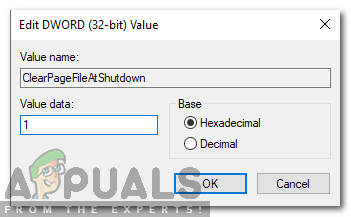Fix: High CPU or Disk Usage by Ntoskrnl.exe on Windows 10
Sudden system slowdowns, frequent freezing, or consistently high CPU or disk usage often indicate that ntoskrnl.exe is using too many system resources. This is especially noticeable when the computer is idle or performing basic tasks. Ntoskrnl.exe is the core part of the Windows operating system, responsible for managing system memory, hardware drivers, and essential processes.

The most common cause of this problem is outdated or corrupted device drivers, particularly for graphic cards or storage devices. Other causes include malware infections, not enough RAM causing excessive paging, or conflicts from recent Windows updates.
In this article, we will discuss different ways to solve this error.
1. Update Your Drivers
Outdated or faulty drivers often cause high CPU or disk usage by ntoskrnl.exe due to poor communication between hardware and the operating system. Updating your GPU, chipset, and storage controller drivers ensures compatibility with Windows 10 and fixes resource usage issues, improving system stability and performance.
- Right-click on the Start menu and select Device Manager.
- Find the device you want to update, right-click on it, and choose “Update Driver”.
- Select “Search automatically for updated driver software”.
- Restart your PC if prompted.
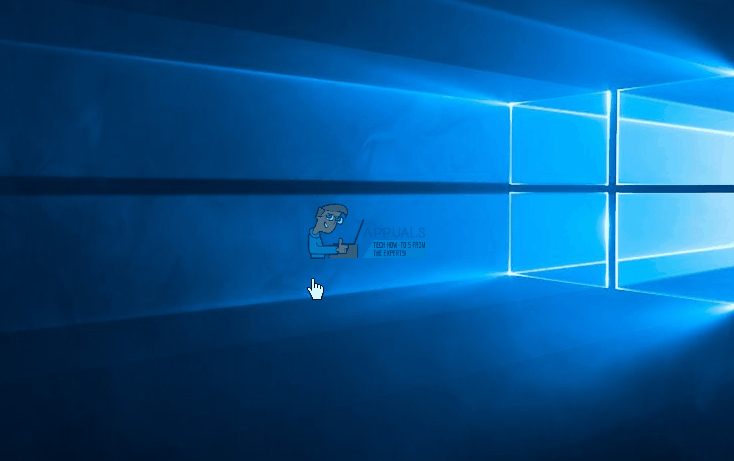
2. Run Antimalware and Antispyware Applications to Scan Your System
Malware or spyware infections can take over system resources, leading to increased CPU or disk usage by ntoskrnl.exe. By using reliable antimalware and antispyware tools, hidden threats can be found and eliminated, improving system performance and preventing future issues. This step helps ensure your system runs smoothly without interruptions from harmful programs.
- Download Spybot from here or Malwarebytes from here.
- Install the software and run a scan.
- Fix any issues that the scan identifies.
- Restart your computer.
3. Disable Runtime Broker
Runtime Broker, a process that manages app permissions in Windows, can sometimes use too much CPU due to faulty apps or background tasks. Disabling it can save system resources and quickly reduce high CPU usage without affecting essential functions.
- Search for Notepad and open it.
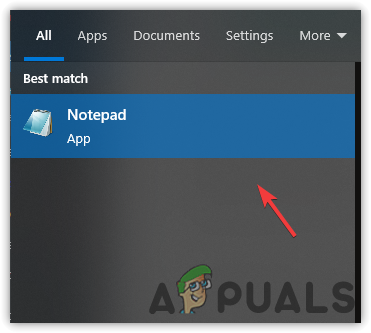
Launching Notepad - Copy and paste these keys into Notepad:
Windows Registry Editor Version 5.00 [HKEY_LOCAL_MACHINE\SYSTEM\ControlSet001\Services\TimeBroker] "Start"=dword:00000003 [HKEY_LOCAL_MACHINE\SYSTEM\ControlSet001\Services\SysMain] "DisplayName"="Superfetch" "Start"=dword:00000003
- Go to the File menu and select Save as.

Choose Save as - Save it as runtime.reg and run it as Administrator.

- Restart your PC.
4. Change Registry Settings
Tweaking registry settings focuses on specific configurations that might be using system resources inefficiently. By changing values related to memory management or turning off unnecessary features, this step helps optimize how ntoskrnl.exe uses system resources, potentially fixing high CPU or disk usage issues effectively.
- Press the “Windows” + “R” keys at the same time.
- Type in “regedit” and press “Enter“.
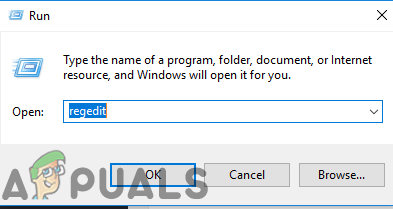
Typing “Regedit” in the Run prompt and pressing Enter - Copy and paste the following address into the registry editor’s address bar:
HKEY_LOCAL_MACHINE\SYSTEM\CurrentControlSet\Control\Session Manager\Memory Management
- Double-click on the “Clear Page File Shutdown” registry entry on the right.
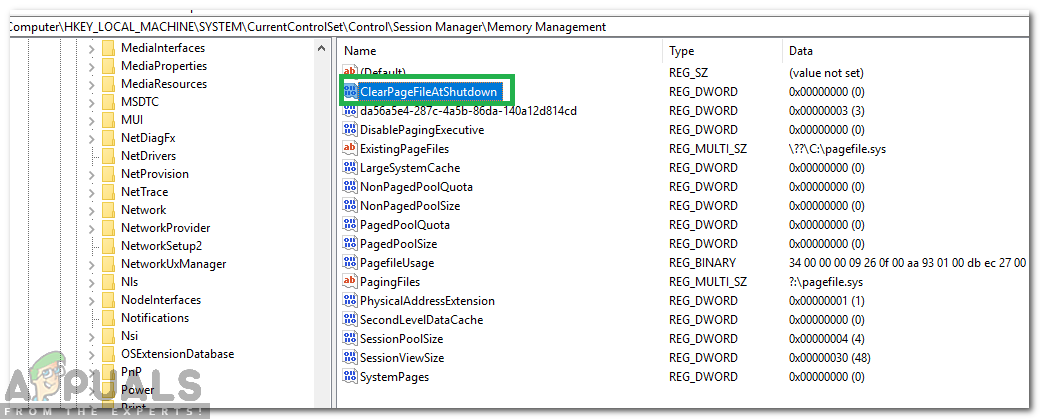
Clicking on the registry file - Change the “Value Data” to “1” and click “OK“.
- Restart your computer and check if the issue persists.
